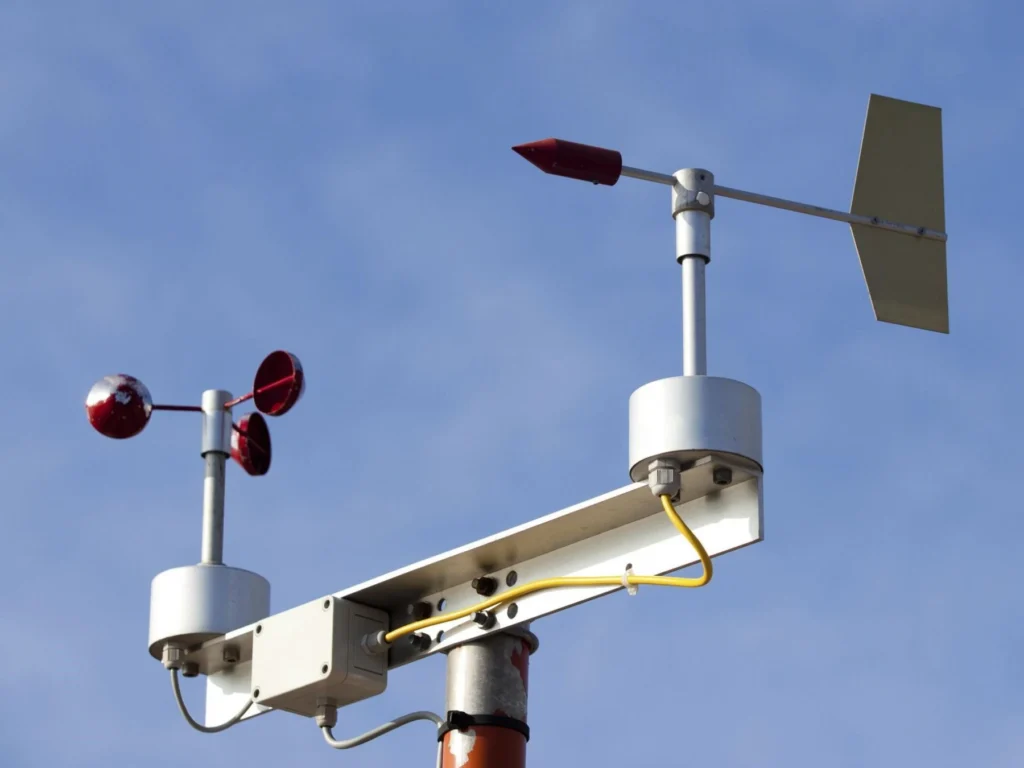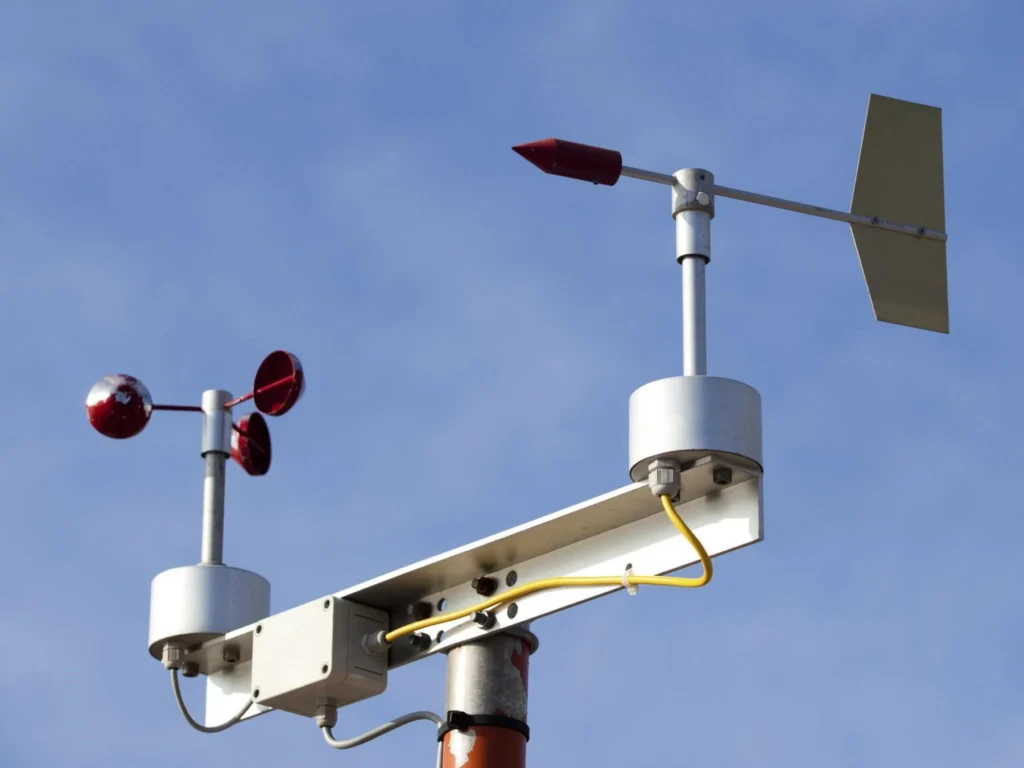Anemometer: The Instrument for Measuring Wind Speed

# Anemometer: The Instrument for Measuring Wind Speed
Wind speed is a crucial parameter in various fields, including meteorology, aviation, and environmental studies. To accurately measure wind speed, scientists and engineers rely on a specialized instrument known as an anemometer.
## What is an Anemometer?
An anemometer is a device designed to measure the speed of wind. It is an essential tool for weather stations, as it provides critical data for weather forecasting and climate studies. The term “anemometer” is derived from the Greek word “anemos,” meaning wind, and “metron,” meaning measure.
## Types of Anemometers
There are several types of anemometers, each with its unique mechanism for measuring wind speed:
– Cup Anemometer: This is the most common type, featuring three or four cups mounted on horizontal arms. As the wind blows, the cups rotate, and the speed of rotation is proportional to the wind speed.
– Vane Anemometer: Also known as a windmill anemometer, this type uses a propeller mounted on a wind vane. The vane aligns itself with the wind direction, and the propeller’s rotation speed indicates the wind speed.
– Hot-Wire Anemometer: This type uses a heated wire or film. The wind cools the wire, and the rate of cooling is used to determine the wind speed. It is highly sensitive and often used in research applications.
– Sonic Anemometer: This advanced type uses ultrasonic sound waves to measure wind speed and direction. It is commonly used in atmospheric research and turbulence studies.
## How Does an Anemometer Work?
The working principle of an anemometer depends on its type. For example, in a cup anemometer, the wind causes the cups to rotate. The rotation speed is then converted into an electrical signal, which is processed to display the wind speed in meters per second (m/s), kilometers per hour (km/h), or miles per hour (mph).
In a sonic anemometer, ultrasonic pulses are sent between pairs of transducers. The time it takes for the pulses to travel is affected by the wind speed, allowing the device to calculate the wind speed and direction accurately.
## Applications of Anemometers
Anemometers are used in a wide range of applications:
– Weather Forecasting: Anemometers provide real-time wind speed data, which is crucial for accurate weather predictions.
– Aviation: Pilots and air traffic controllers use anemometers to monitor wind conditions, ensuring safe takeoffs and landings.
– Environmental Monitoring: Anemometers help in assessing wind patterns and their impact on ecosystems.
– Wind Energy: In the renewable energy sector, anemometers are used to measure wind speed at potential wind farm sites, aiding in the efficient placement of wind turbines.
## Conclusion
The anemometer is an indispensable instrument for measuring wind speed, playing a vital role in various scientific and industrial applications. Whether it’s for weather forecasting, aviation safety, or renewable energy, the accurate measurement of wind speed provided by anemometers is essential for making informed decisions and ensuring safety.
Understanding the different types of anemometers and their working principles can help in selecting the right instrument for specific needs, ensuring precise and reliable wind speed measurements.
Keyword: instrument to measure wind speed


